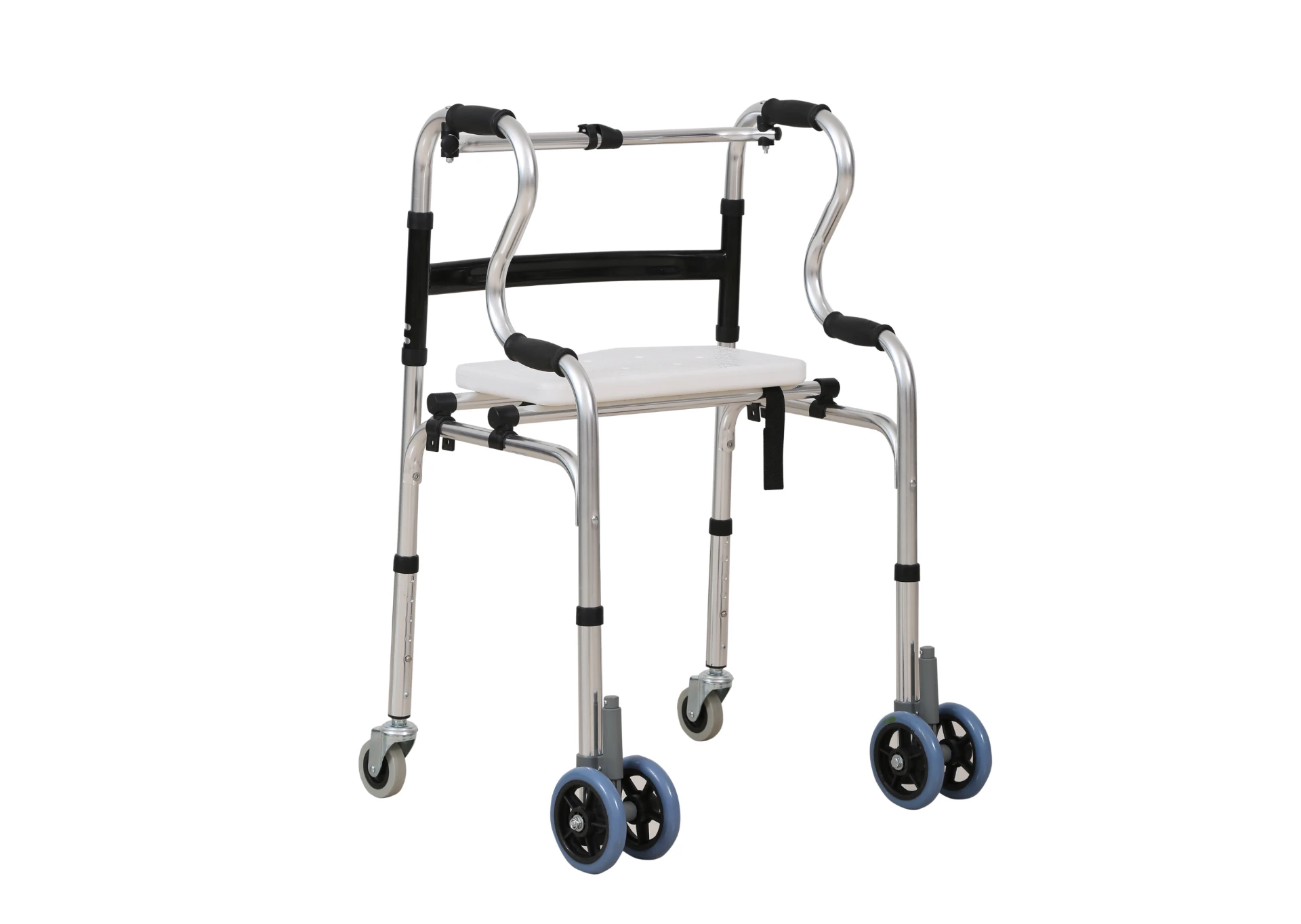Welcome to our websites!
walking aid for the elderly
Walking Aids for the Elderly Enhancing Mobility and Independence
As we age, maintaining mobility becomes increasingly important for preserving independence and quality of life. Walking aids for the elderly provide essential support, helping individuals navigate their environment safely and confidently. These aids come in various forms, each designed to cater to specific needs and conditions. In this article, we will explore the different types of walking aids, their benefits, and considerations for selecting the right one.
Types of Walking Aids
1. Canes One of the most common walking aids, canes come in various designs, including traditional single-point canes and more stable quad canes with four tips. Canes provide balance and support, making them ideal for individuals who experience minor mobility issues or require assistance during long walks.
2. Walkers Walkers offer more stability than canes, featuring a sturdy frame that users can lean on while walking. Some models come with wheels, which can facilitate easier movement, while others are designed for indoor usewith no wheels to ensure added control. Walkers are suitable for seniors who may have more significant balance challenges or require additional support after surgery or injury.
3. Rollators A step up from traditional walkers, rollators combine mobility with convenience. They have wheels on all four legs, allowing users to push the device along easily. Many rollators come with a seat, enabling the user to take a break when needed. This feature is particularly beneficial for seniors who might tire easily during long outings.
4. Power Scooters For individuals with severe mobility issues or those who struggle with long distances, power scooters can be a game-changer. These battery-powered devices allow seniors to travel longer distances without exerting excessive effort. Power scooters come in various sizes and can be used both indoors and outdoors, providing versatility in mobility.
5. Wheelchairs While not traditionally seen as a walking aid, wheelchairs play a vital role in the mobility of many elderly individuals. Whether manual or electric, wheelchairs provide a means of transportation for those who cannot walk or need assistance over longer distances.
Benefits of Walking Aids
walking aid for the elderly

The advantages of using walking aids are manifold. Firstly, they significantly enhance safety by preventing falls, one of the most common and serious incidents among seniors. By offering support and stability, walking aids help reduce the risk of injury, encouraging older adults to remain active.
Additionally, walking aids can foster independence
. With the right support, seniors can perform daily activities without relying heavily on caregivers, allowing them to maintain their autonomy. This independence can have a positive impact on mental health, reducing feelings of helplessness and depression.Moreover, using walking aids can promote physical health. Regular movement, even with the assistance of a cane or walker, can help seniors maintain their strength, flexibility, and overall fitness. Staying active is crucial for combating the physical declines associated with aging.
Considerations for Choosing a Walking Aid
When selecting a walking aid, several factors should be taken into account. First and foremost, the individual's specific needs and mobility level should guide the choice. Consulting with healthcare professionals, such as physical therapists or occupational therapists, can provide invaluable insights into the best options.
The size and weight of the walking aid are also important. It should be lightweight enough for the user to handle comfortably while being sturdy enough to provide support. Adjustability is another factor; many walking aids can be customized for height, ensuring the user can walk comfortably without straining.
Finally, aesthetics and personal preference should not be overlooked. A walking aid that matches the user's style and feels good to use can encourage its regular use, promoting continued mobility.
Conclusion
Walking aids are essential tools for enhancing mobility and independence among the elderly. From canes and walkers to rollators, power scooters, and wheelchairs, there are numerous options available to cater to individual needs. By investing in the appropriate walking aid, seniors can not only improve their physical well-being but also enhance their quality of life. Embracing these aids fosters a sense of freedom and confidence, allowing elderly individuals to navigate their world with dignity and ease.
-
Transforming Healthcare with Hospital FurnitureNewsJun.24,2025
-
Rehabilitation EquipmentNewsJun.24,2025
-
Mobility and Independence with WheelchairsNewsJun.24,2025
-
Freedom of Mobility with Our Rollator WalkersNewsJun.24,2025
-
Comfort and Independence with Commode ChairsNewsJun.24,2025
-
Bathing Safety and Independence with Shower ChairsNewsJun.24,2025
-
Navigating the Wholesale Landscape of Electric Mobility Solutions: Key Considerations for Power Wheelchair DealersNewsJun.10,2025











